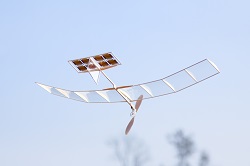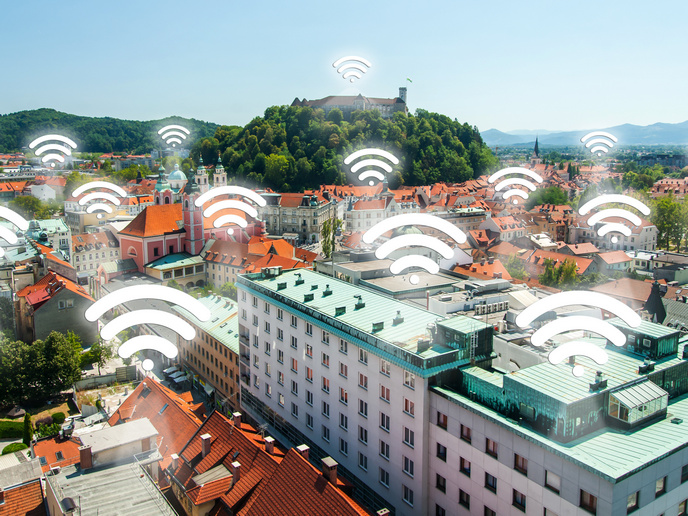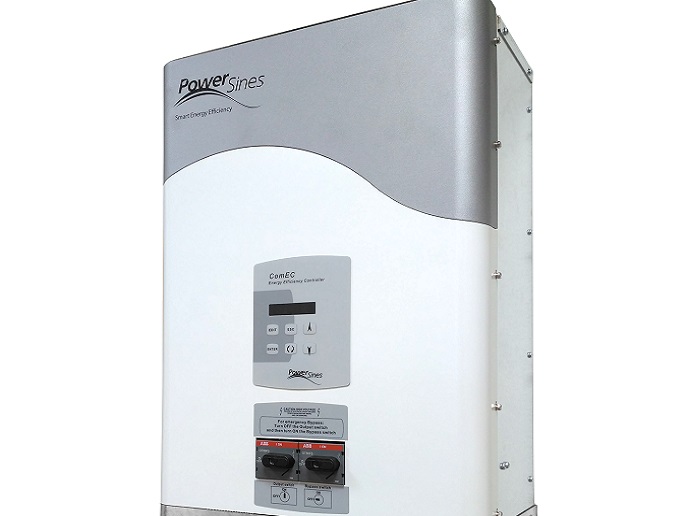Revealing the future for concealed technology
Despite advances in electronics over the decades, even so-called ‘smart’ devices though much smaller and portable than their predecessors, offer far from a truly seamless integration into everyday life. One of the main barriers remains the relatively rigid design application of current digital devices. The SOFTMAP (Stretching soft matter performance: From conformable electronics and soft machines to renewable energy) project was set up to develop integrated and ubiquitous high technology applications which are, according to the project coordinator Prof. Siegfried Bauer, ‘expected to become ever more indispensable for improving safety and quality of life, without impairing comfort.’ In order to do so, SOFTMAP explored options within the field of ‘conformable electronics’, by exploiting the stretching performance of soft matter (liquids, polymers, foams, gels, rubber etc.). Conformable electronics, soft robots and energy harvesting SOFTMAP’s development of conformable electronics has resulted in a range of demonstration products. For example, the creation of imperceptible electronics in the form of a foil, 27 times thinner than paper, that can be stretched and even crumpled like a piece of paper, without damaging the circuits. Using a similar approach, the project also developed ultralight solar air stable perovskite cell arrays, which with their maximum power per weight, were able to circle model aero-planes over the campus skies. Other significant developments included hydrogen bonded organic semiconductors, stretchable, rechargeable batteries and ultra large stroke soft actuators with a world record in area change. As well as facilitating human interfaces with digital technology, SOFTMAP’s advances were also applied to robotics. Most robots accommodate power systems, sensors and controls in a ‘hard’ design, rendering them unable to achieve more delicate tasks. In contrast, the SOFTMAP ‘soft-robot’ took its inspiration from the study of natural mechanics which allows for structural instabilities such as buckling, snapping, wrinkling and crumpling. The project also applied the same paradigm shift, to the field of renewable energy. As the professor summarises, ‘We have shown that such ‘soft’ systems efficiently convert mechanical into electrical energy, making them potentially interesting for harvesting mechanical energy from human gait, winds and ocean waves.’ Experimenting with wave energy generators, natural rubber was found to be a soft matter material which could meaningfully contribute to renewable energy production sustainability. Expanding the range of invisible digital devices, often literally Professor Bauer points out that until relatively recently this research area was viewed as a somewhat exotic branch of materials science and that SOFTMAP has been highly instrumental in overturning that view. As he puts it, ‘Before the start of the SOFTMAP project such a vision was not much more than pie in the sky.’ Now, he goes on to say the field has become, ‘a distinct and booming area, with niche projects already entering the market.’ Some of these project products have already undergone transfer to the market. For example, the spin-off company isiQiry offers new solutions for human-machine interfaces through optical sensor technologies developed by the Soft-Map project. Additionally, the Austrian ‘smart plastics’ initiative which develops film-insert moulding technology enabling the seamless and cost-effective integration of electrical, opto-electrical or electromechanical features into 3D shaped plastic products, benefits directly from the project. SOFTMAP also contributes to ‘WetFeet’, the European research project promoting the use of soft water wave energy generators. Looking to the future of what he calls ‘Concealed systems – virtually indistinguishable from our surrounding,’ Professor Bauer talks about his aim to combine ‘seemingly antagonistic materials together with tailored open-source lab-ware and modelling.’ His ambitions extend to embedding (printed) transducer functionalities from plastics to wood and sheet steel as well as creating biodegradable circuit boards by low-cost, low-temperature, printing-compatible anodisation and expanding the technology to scalable 3D printing.







